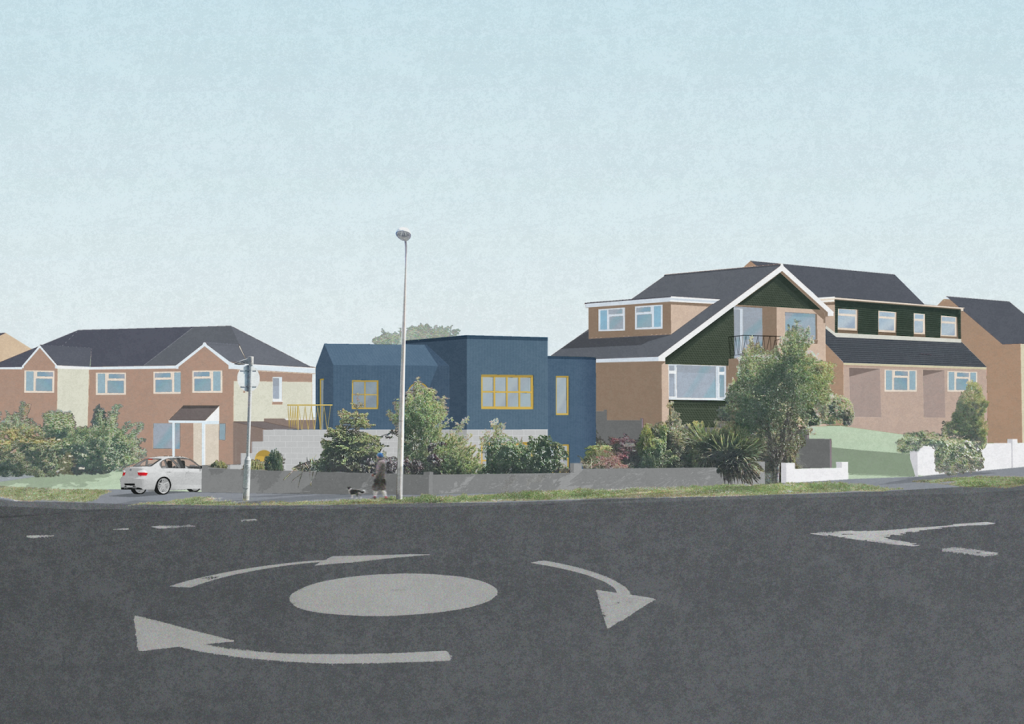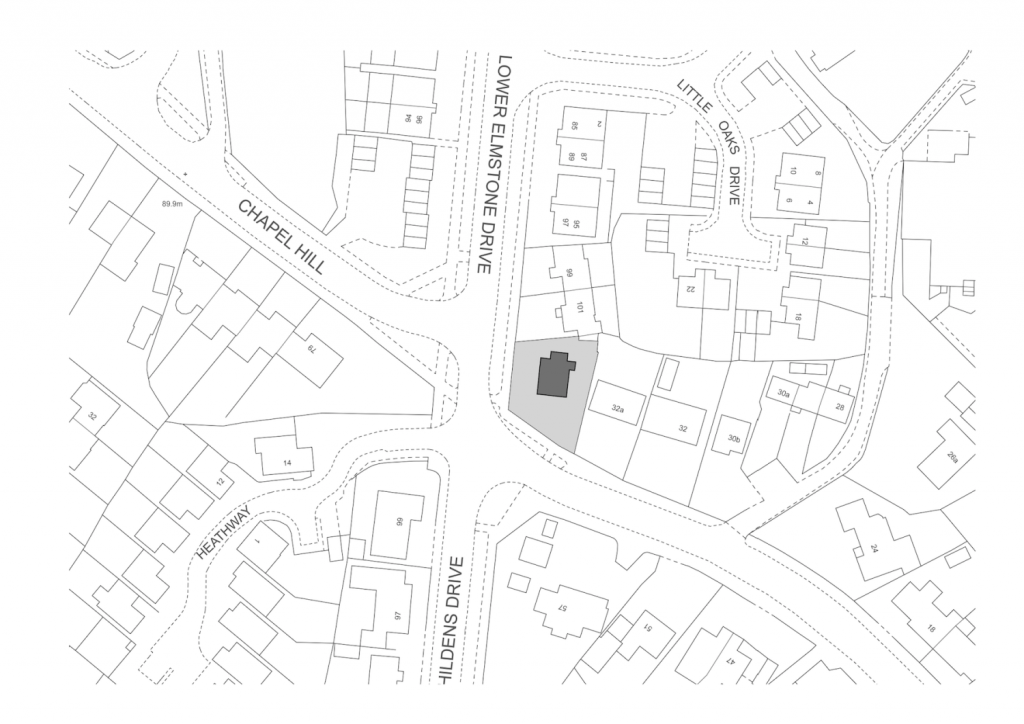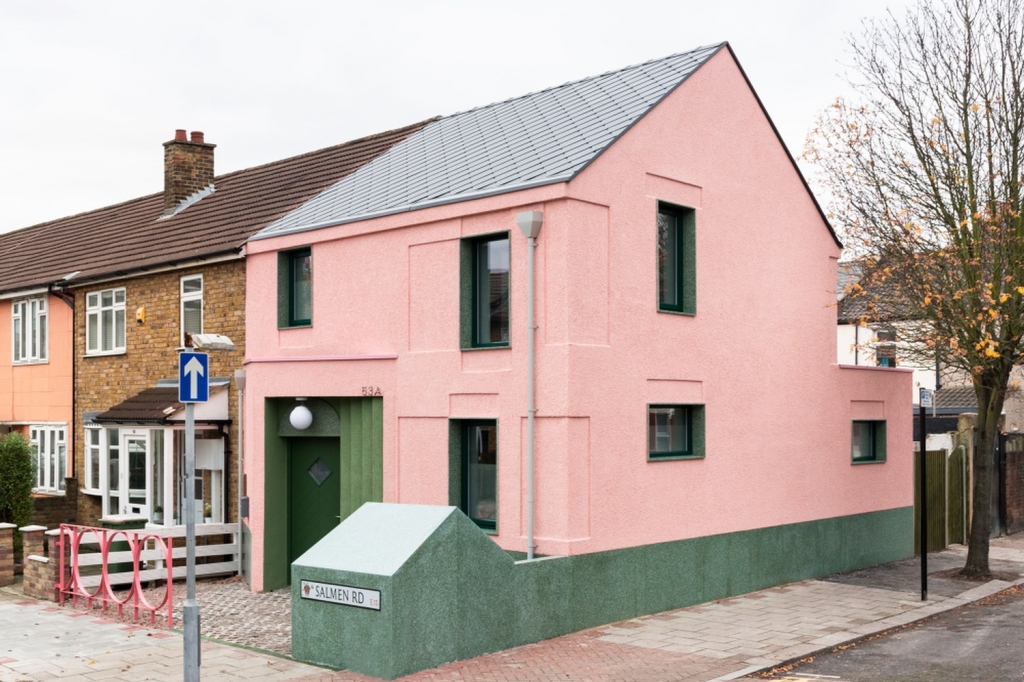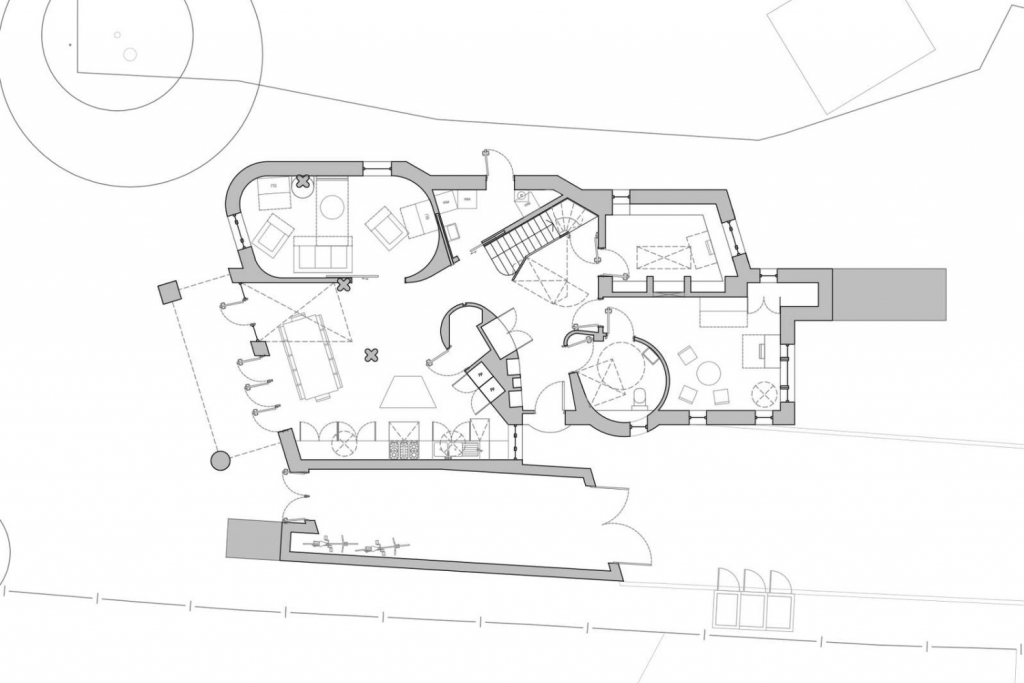This week, Hugh, one of the architects on Design for Me, has offered up some top tips on finding building plots for a self-build house in London. However, much of the advice extends to other areas in the UK too.

Hugh, London based architect on Design for Me
Self-build plots are notoriously difficult to find in London but certainly not impossible! Hugh’s practice has had a great deal of experience working with clients who have been successful in finding a plot and they have gone on to design fantastic new builds for them.
Click here to see Hugh’s profile and shortlist him for your project.
Below are some tips on how to find building plots in London. They progress from most centralised to most hands on:
Tip 1: Register with your council
First off, register on your council’s self-build register and see if there are other Community Land Trust/self-build schemes in the area. This might help you if there are, but it also shows the government how many people want to build their own house and so can help change policy too.
Tip 2: Auctions and agents
Keep an eye out for plots up for auction, with auctioneers and estate agents obviously, but be prepared to bid against developers who will be bidding what the land “will” be worth once they have packed flats onto it. Finally there are also land acquisition agents, such as Ideal Land, but they will be looking to get the best value for their land.
This was how the client approached finding land for Salmen House in Newham (below) where they bought the house from an estate agent because they saw the opportunity to build a new house on the side garden. It was tricky to fit a new three-bed, three-bathroom house on the site, but by being clever with space we managed to accommodate the new home, which was a finalist in The Architects’ Journal Small Projects Award.
Tip 3: Be proactive
This is the most DIY method and involves cycling around, or roaming on google maps, and trying to spot potential sites. Old light industrial units, garages, and end-of-terrace gardens are all options in your search, as well as vacant land or bungalows.
Finally, I would look out for the end of a back garden which fronts another road that has other houses on it – the owner might be willing to sell off a bit of the extra back garden and I know quite a few examples of people building new houses facing onto the rear street in this way. This is how we are approaching a new build called Putnoe House (below) in Bedford where we are segmenting off part of a rear garden in order to accommodate the new house and garden. This infill development is becoming more commonplace and many councils are starting to write policy that supports this option. We are currently working with Croydon council in developing their SPD for infill development.
Approaching vendors
If you ever want to find who owns something, just go on the Land Registry, type in the address and for £3 you will know who owns it, their address, and how much they paid when they bought it! If the address doesn’t show up, use their maps function so that you can accurately pinpoint the land itself.
To streamline this process you can sign up for a free trial of Land Insight who have things like planning searches as well as the land registry information all amalgamated onto a handy map. The land registry has a helpful guide as well, and there are tips on what to do if you can’t find an owner on the registry, like checking the electoral registers held by the local council.
Try making a custom google map with all of the sites you find, and then it’s worth knocking on doors or posting letters to the owners of the land.
Assess a plot’s suitability for your self-build house
In terms of how suitable a site is for a new house, there are a few helpful things to check:
- An existing structure on the site will help with planning and services (especially drainage) but is not essential.
- Search the planning register to see if anything has been proposed for the site. If these details aren’t online, then you can pay a small fee to the local authority to have them send all the info they have on the site. Have a look at whether it is in a conservation area, as it might be more tricky to get a new build approved in these locations, although it should still be possible. Also, think about the number of neighbouring owners. More owners means more risk of objections, and more party wall negotiations for construction.
We’re currently working on the design of XCK House (pictured below), which will replace a subsiding bungalow in Reading. The new house is carefully designed to be lower than the neighbouring properties and have no overlooking issues. In this case we showed early designs to neighbours to get their support and obtained really positive feedback at pre-app. This de-risked the application and allowed us to propose the replacement of a one-storey, one-bedroom home with a two-storey, three-bedroom house.


- Size: A new house will need to be around four or five metres wide, especially if you want it to have more than two bedrooms, though not always! Think about how many bedrooms you want in the house. The new house will need to meet or exceed the areas below over the number of floors that you might build, so these are areas that are really worth bearing in mind: https://www.gov.uk/government/publications/technical-housing-standards-nationally-described-space-standard. You can draw on top of maps in Google Earth if you install it on your computer, and it will also calculate areas for you.
- As any architect will tell you, it’s worth having a good designer on board to make the most of tricky urban sites!
Thank you Hugh for the helpful insight on how to find building plots in London. If you’d like to speak to Hugh about your self-build project, just register your project below and shortlist him for your project here.
Emily Design for Me





